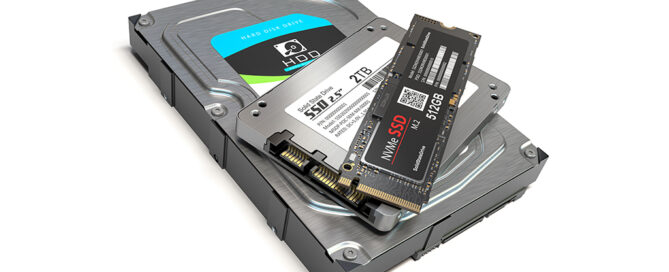Economic Benefits of Circular Drive Practices
This blog explores the economic potential of reusing storage media, backed by market analysis from 2020 to 2028. It highlights how circular economy practices in data storage can reduce costs, alleviate supply constraints, and create new business opportunities while also promoting environmental sustainability. The exponential growth of digital data has led to an unprecedented demand for storage solutions. Traditional manufacturing struggles to keep pace, prompting a shift towards circular economy practices, particularly the reuse of storage media like hard disk drives (HDDs) and solid-state drives (SSDs). This approach not only addresses environmental concerns but also offers significant economic advantages. Market Dynamics and Economic Potential A recent comprehensive study titled "Data Explosion, Circular Solution: How Refurbished Drives Can Bridge the Storage Supply Gap" provides an in-depth market analysis from 2020 to 2028. The findings underscore the viability of reusing storage media, highlighting key metrics that influence device suitability and bolster confidence in the secondary market. The global storage market is evaluated using three primary metrics: Bytes Shipped: Reflects the total digital storage capacity installed worldwide, indicating technological advancements and the escalating demand for data storage across various sectors. Revenue Generated: Provides an economic perspective, showcasing the profitability and market value [...]






